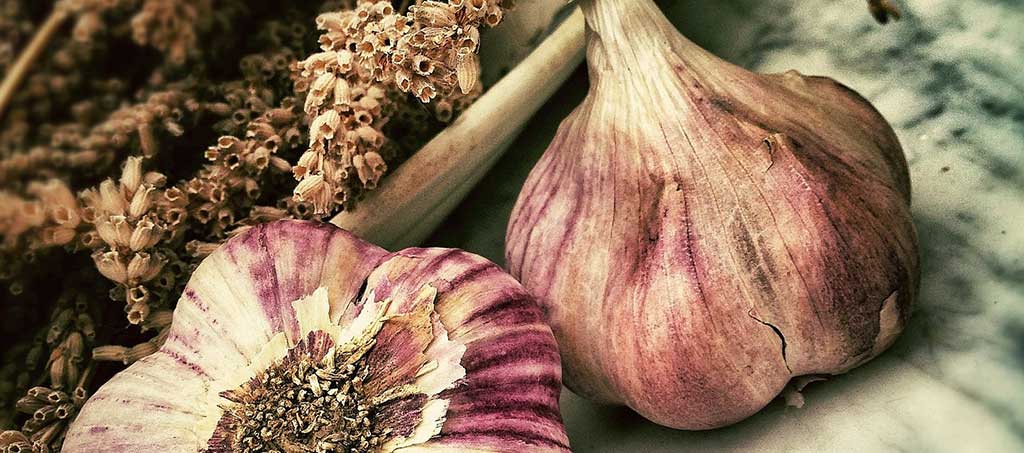Fall is one of the most underrated seasons for gardening in Canada. As the temperatures cool and summer’s heat fades, the soil remains warm, providing the perfect conditions for certain plants to establish strong roots before winter. Planting in the fall can give your garden a head start for the following spring and allow you to enjoy some late-season blooms and vegetables. Here are the top 5 best garden plants to plant in the fall in Canada.
1. Tulips
Tulips are a quintessential spring flower that must be planted in the fall to ensure a beautiful display when the snow melts. These hardy bulbs are perfect for Canadian gardens, as they require a period of cold dormancy to thrive. Available in various colors, shapes, and sizes, tulips add a burst of color to any garden and are easy to care for.
Planting Tips:
- Plant tulip bulbs in well-drained soil about 6-8 inches deep.
- Choose a sunny location where the soil doesn’t stay wet, as overly damp conditions can cause bulbs to rot.
- Plant bulbs pointy side up and cover them with soil, watering lightly.
Why Plant in Fall? Tulips need a cold period to bloom properly, making fall the perfect time for planting. They will reward you with stunning blooms in early spring.
2. Garlic
Garlic is a must-have for any vegetable garden, and fall is the best time to plant it in Canada. When planted in the fall, garlic has plenty of time to establish roots before going dormant in the winter, leading to a more robust crop the following summer.
Planting Tips:
- Break apart garlic bulbs and plant the individual cloves about 2 inches deep, with the pointed end facing up.
- Space the cloves 6 inches apart in rows that are 12 inches apart.
- Mulch heavily with straw or leaves to protect the garlic from freezing temperatures.
Why Plant in Fall? Planting in the fall allows garlic to grow bigger and more flavorful bulbs, as it benefits from the long growing season.
3. Pansies and Violas
Pansies and violas are cold-hardy flowers that can withstand light frosts, making them excellent choices for fall planting in Canada. These charming blooms come in various colors and can brighten up your garden beds, borders, or containers through the fall and even into early winter in some regions.
Planting Tips:
- Plant pansies and violas in well-drained soil in a location that gets full to partial sun.
- Space the plants about 6-8 inches apart to allow them room to spread.
- Keep the soil consistently moist, but not waterlogged, to promote healthy growth.
Why Plant in Fall? Pansies and violas thrive in cooler weather, and fall planting ensures a long-lasting display of blooms well into the colder months.
4. Spring Flowering Shrubs (e.g., Forsythia, Lilac, and Azalea)
Fall is a great time to plant spring-flowering shrubs like forsythia, lilac, and azalea. Planting in the fall gives these shrubs time to establish their root systems, making them more resilient and ready to burst into bloom come spring.
Planting Tips:
- Choose a location with well-drained soil and adequate sunlight, depending on the shrub type.
- Dig a hole twice as wide as the root ball and the same depth.
- Water thoroughly after planting and mulch around the base to retain moisture and regulate soil temperature.
Why Plant in Fall? Fall planting reduces transplant shock and allows shrubs to focus on root growth, leading to healthier, more vigorous plants in the spring.
5. Spinach
If you’re looking to extend your vegetable garden into the cooler months, spinach is one of the best crops to plant in the fall. Spinach thrives in cool weather and can even survive light frosts, making it ideal for the Canadian climate. Plus, you’ll enjoy fresh greens late into the season or even early the following spring if you protect the plants over winter.
Planting Tips:
- Sow spinach seeds directly into the garden bed about ½ inch deep and 2 inches apart.
- Thin seedlings to 4-6 inches apart once they have a few true leaves.
- Keep the soil consistently moist and consider using row covers for additional frost protection.
Why Plant in Fall? Spinach loves cool temperatures and often produces sweeter leaves when grown in the fall. It can even overwinter in some regions, providing early spring harvests.

